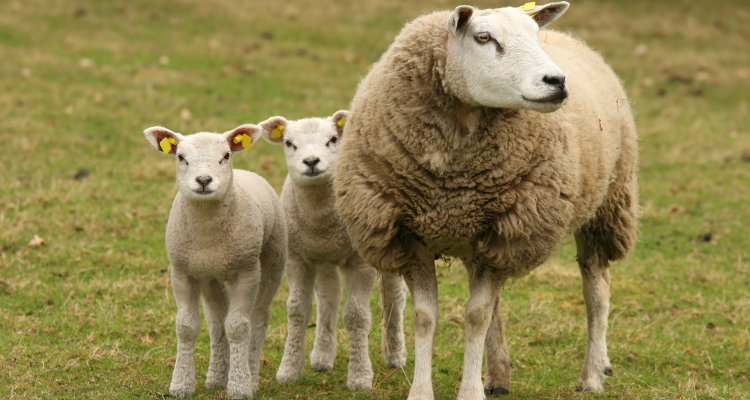
Schmallenberg
Schmallenberg virus (SBV) is a virus to which ruminants such as cows, sheep and goats are susceptible. Midges (small mosquitoes) transmit the virus from animal to animal. The virus is not contagious to humans. Wageningen Bioveterinary Research (WBVR) conducts research into this disease.
The virus was first identified in 2011 in Germany from samples from dairy cattle with a decline in milk production, diarrhoea and fever. It is named after the village of Schmallenberg, from where the first positive tested sample was derived. At that same period, in the Netherlands over 80 farms reported the similar symptoms in cows. WBVR performed diagnostics to test samples and detect Schmallenberg virus.
Schmallenberg virus causes congenital malformations and stillbirths in ruminants. The virus is now a known pathogen in almost all European countries. It is not a notifiable disease according to the World Organisation for Animal Health.
Schmallenberg infection
Ruminants are susceptible to Schmallenberg virus. This is particularly clear for the following species: cattle, sheep, goats, deer, alpacas and bison.
Based on the current available information, experts concluded that there is no risk for human health.
Clinical signs Schmallenberg
Experimental infection in cattle and sheep showed no clinical signs or mild symptoms at 3 to 5 days post-inoculation with an incubation period of between 1 and 4 days and viraemia lasting for 1 to 5 days.
Manifestation of clinical signs varies by species: bovine adults have shown a mild form of acute disease during the vector season, congenital malformations have affected more species of ruminants, in particular sheep and goat. From some sheep and cow farms diarrhea was also reported.
Spread of Schmallenberg
The viraemic period of Schmallenberg virus is short and the virus is transmitted by biting midges, with apparent similarity to the vector transmission of bluetongue virus.
The risk of disease spread from trade in meat and milk is negligible. For semen, embryos and live animals research institutes have made recommendations for safe trade.
Diagnostics Schmallenberg
Vaccine Schmallenberg
Links
- Information on control measures by the EU (look under Other Diseases)